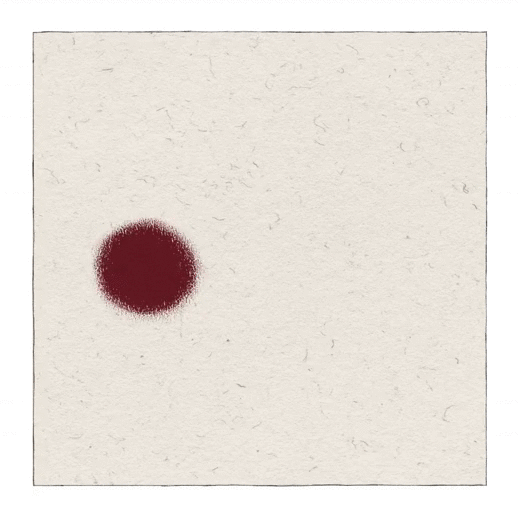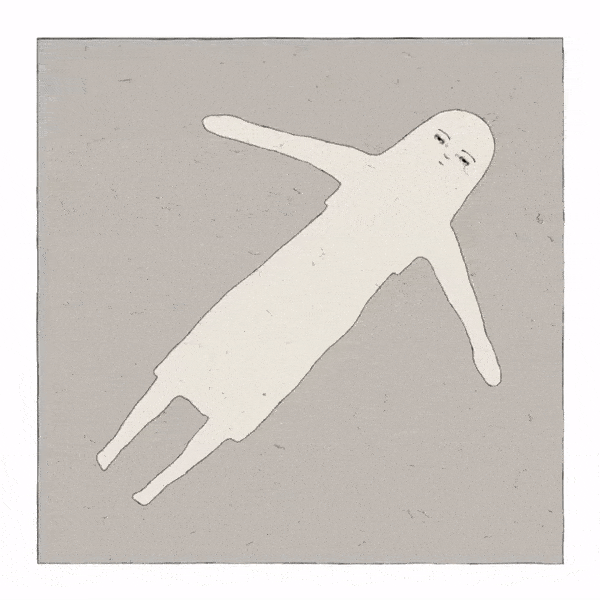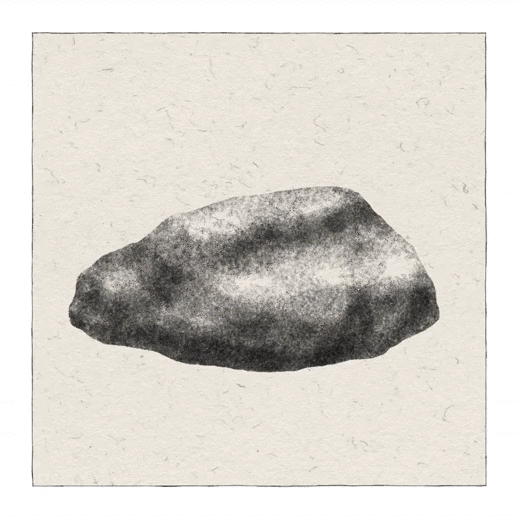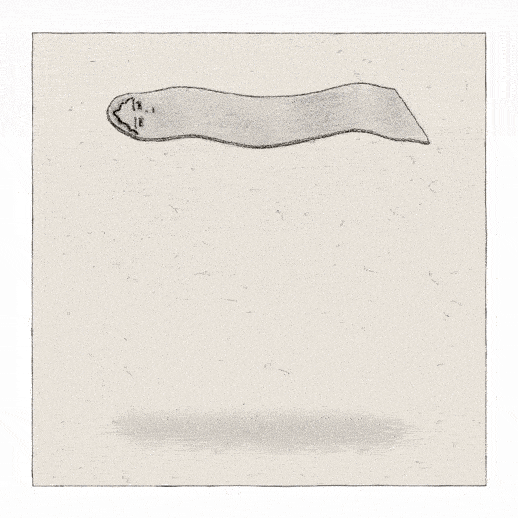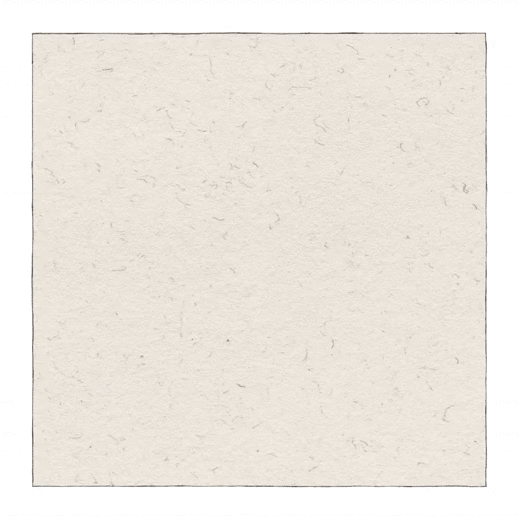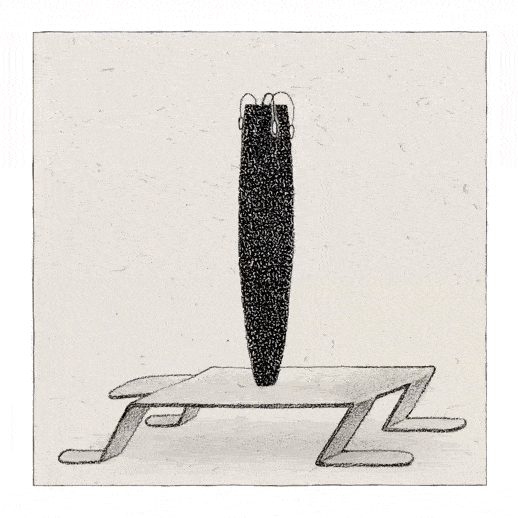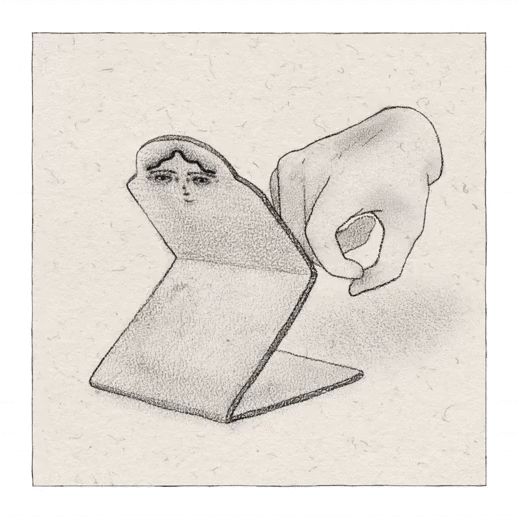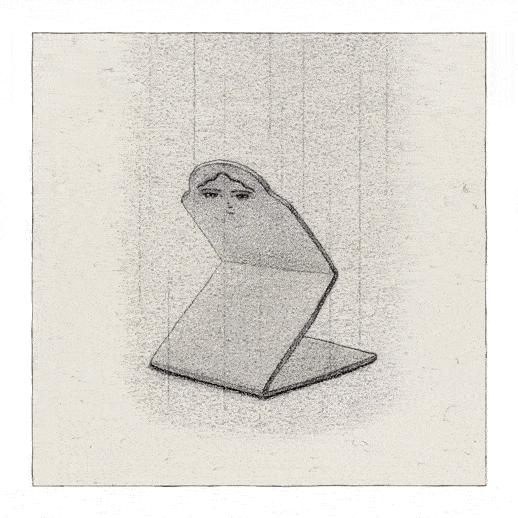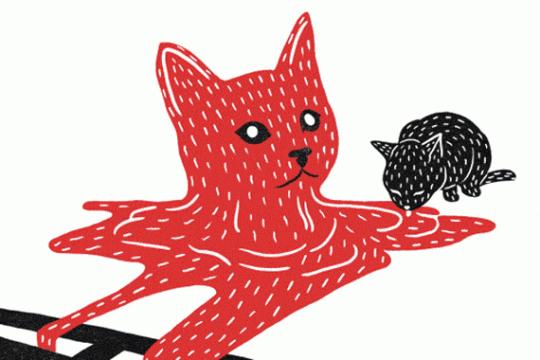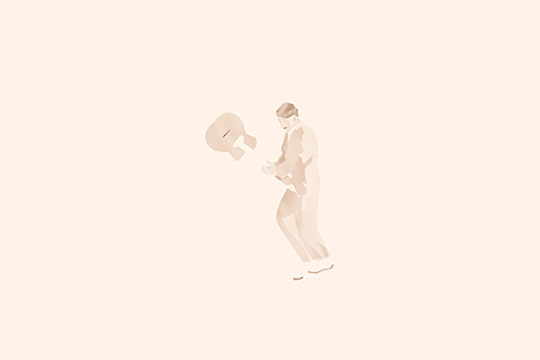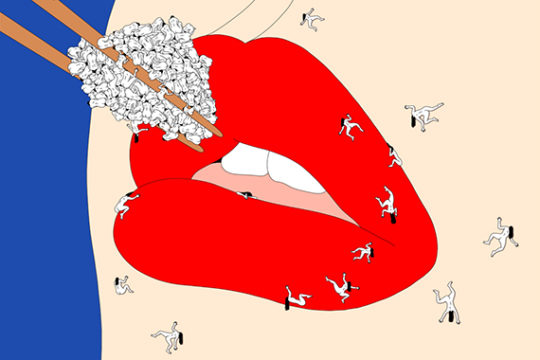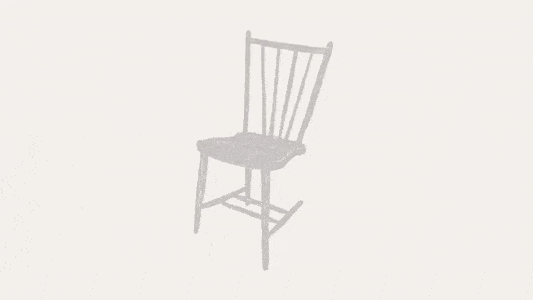
Solitary figures, short pencil strokes, and a muted palette give a touch of melancholy to the works of Taiwanese illustrator and animator Pei-Hsin Cho. Cho, who graduated in 2019 from the Visual Communications department of London’s Royal Academy of Arts, describes herself as a shy, introverted person. She finds creative material in her own feelings as she seeks a better understanding of herself through her art.
形单影只的人、单线条的笔触,加之不饱和的色调,让她的插画和动画作品仿佛都弥漫着一股淡淡的忧伤。去年刚从英国皇家艺术学院的视觉传达系毕业的卓霈欣,形容自己是内向的害羞者,以自己所反复经历的日常情绪为创作的内容,试图以这样的方法来进行自我理解。
“In the culture and environment I grew up in, I had a strong sense that physical health was much more important than mental well-being. Emotions deemed negative, such as sorrow, anger, or jealousy, were especially avoided,” says Cho. Through her creativity, she works through these emotional snags, harnessing the thoughts and feelings that lead to self-hatred as something motivational. These conversations with herself have led to real changes in her life.
“在我的成长环境与文化中,我很强烈的感受到身理健康被重视的程度远大于心理健康,尤其是那些被定义为负面的情绪更常被避而不谈,如悲伤、愤怒、忌妒。”卓霈欣说。在创作的过程中,她梳理了这些长期捆绑并且导致自我厌恶的想法、情绪,把它们内化成自己的动力,并渐渐作用于生活上的实际改变。
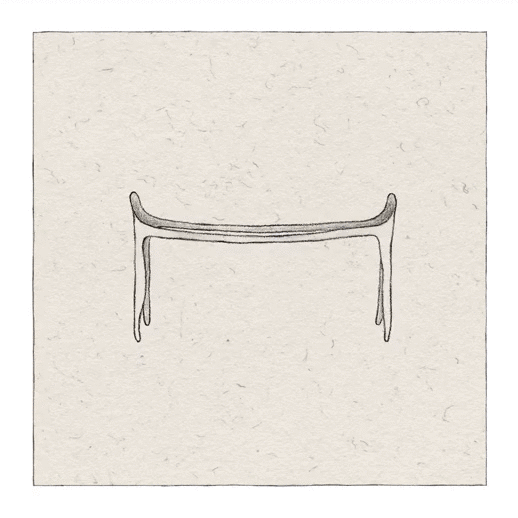
Like many of her works, the series Shoegaze Into is a study in metaphor. A figure fluttering in the air at the mercy of the wind, or a rock that opens up to reveal teeming activity, serve as visual manifestations of her negative emotions. Cho believes that art can do more than allow an artist to vent their feelings. It can offer real catharsis, and lead to changes in their life.
和她其他的作品一样,卓霈欣的作品系列《Shoegaze Into》含有很多譬喻与象征性的符号。比如波浪形的人、正在内部骚动的固体……这些扭曲且不安的意象正是她对负面情绪的形象化诠释,她相信图像创作不只能做到单纯抚慰、抒发情绪,它能带给创作者的是实际的自我治疗并改变生活。
Since Cho sees art as both a means of expression and a path to healing, she wants her drawings to give viewers a similarly emotionally beneficial effect. “I’ve gradually become convinced that so-called negative feelings are messages from our body, misinterpreted by our minds, to alert and assist us when something important is happening,” she says. “And I increasingly think that such feelings should be faced squarely. I hope my works can convey them.”
Since she can’t change the environment or the culture she grew up in, Cho hopes her drawings and animations can nudge viewers into a conversation with themselves about negative feelings. “Hopefully it can give viewers a sort of ‘band-aid’ for their lives, a reminder that these wounds are there and need to be tended, not ignored. And I hope that after viewers realize this, they can subtly and profoundly understand the emotions in their lives. I hope people learn how to feel better by embracing the bad feelings.”
对她来说,创作是抒发与自我疗愈的一件事,所以卓霈欣希望她的画能带给观者一样的情绪调节作用。“当我渐渐认为这些所谓的负面情绪,是身体为了在事件发生当下所提醒与帮助我们的讯息,却常常被大脑误解,我更认为应该正视它们,并希望在我的作品中传递。”
在无法改变环境与文化的前提下,卓霈欣希望她的作品能够带给观者的是开启对于负面情绪的自我对话——“以柔软的方式成为观者生活中的‘邦迪’,它提醒了观者这个情绪伤口在那里、需要被照顾而非忽略它,并期待观者在意识到以后,能够细微并深入的了解困扰自己生活的情绪,进而‘通过感受糟糕而感受情绪’。”
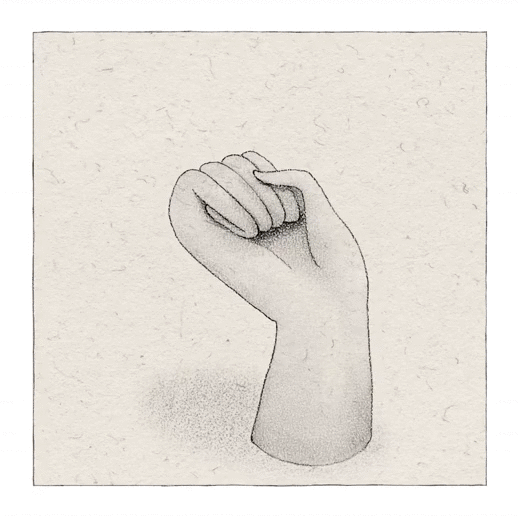
Like our stories? Follow us on Facebook and Instagram.
Website: peihsincho.com
Instagram: @peihsincho
Contributor: Chen Yuan
English Translation: Allen Young

